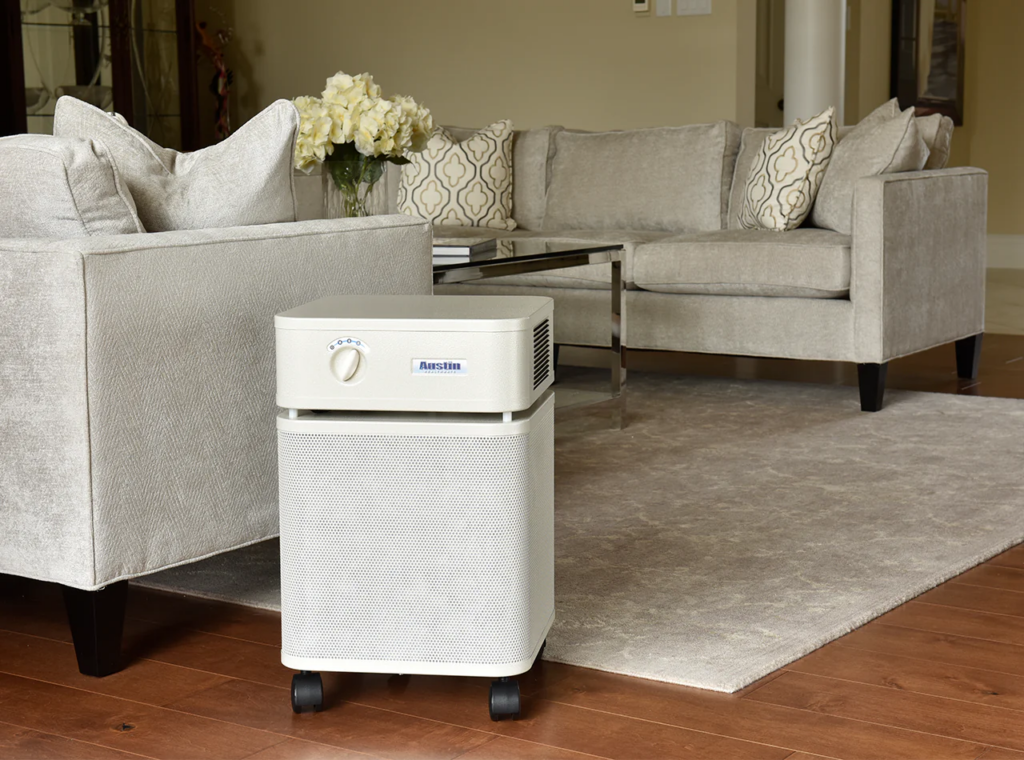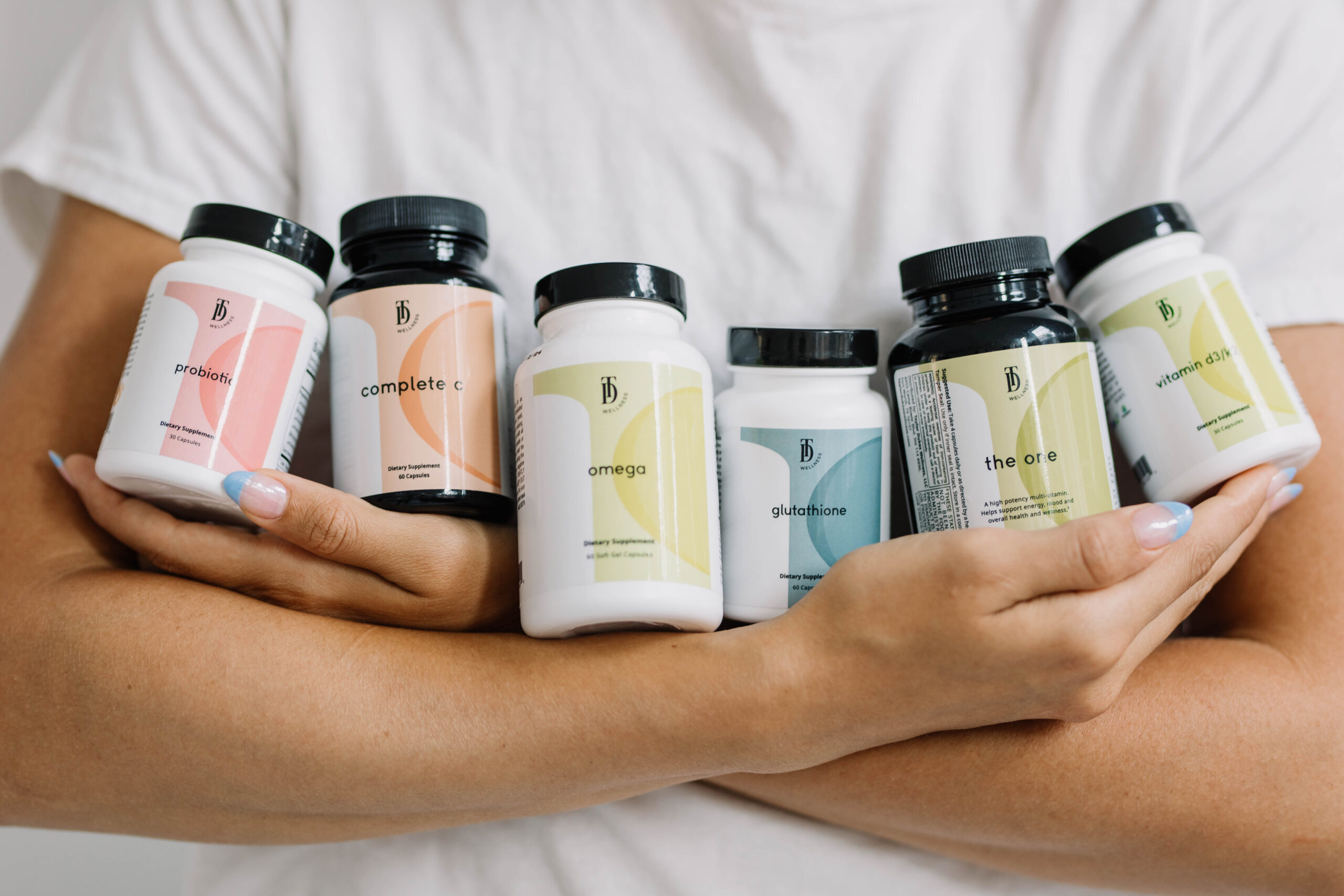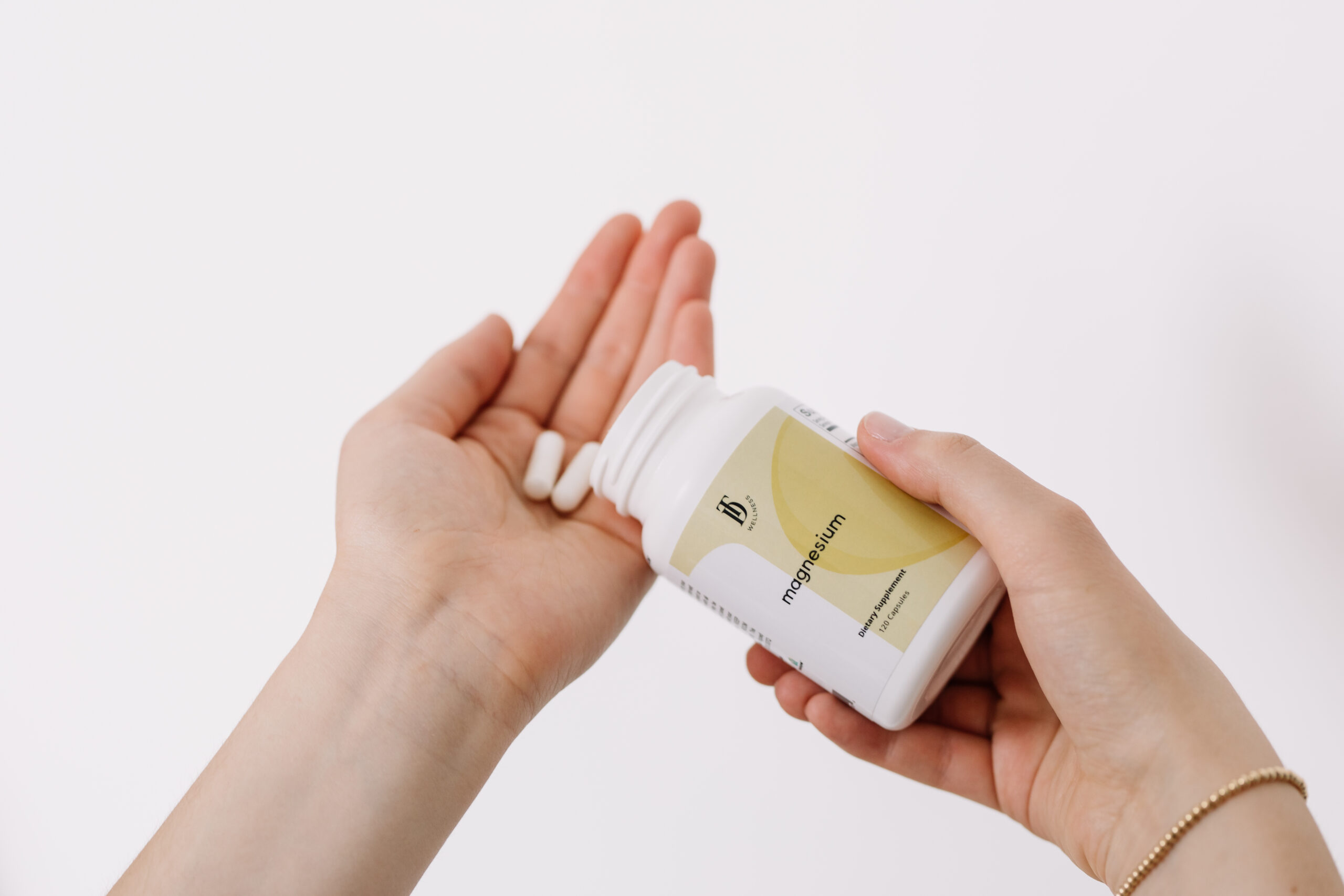Indoor Air Pollution and Purification

Indoor air pollution is not talked about as often as outdoor air pollution, but is increasingly problematic and has major effects on health. You might be shocked to know in our modern day and age, more than 4 million deaths annually are attributed to indoor air pollution. Indoor air pollution has become so prevalent with such detrimental effects that medical experts have officially coined Sick Building Syndrome (SBS) and Building-Related Illness (BRI) as recognized illnesses.
Studies suggest that indoor concentrations of air pollutants are ever increasing. This pollution is driven by chemicals in cleaning and personal care products, humidity, gas-burning appliances, traces of outdoor lawn and pesticides, off-gassing of furniture and fabrics and more. It sadly makes sense that indoor pollution would be on the rise, as roughly 2,000 new chemicals are introduced each year.
The law now requires the EPA to test the tens of thousands of unregulated chemicals that are already on the market. Here’s the catch – the EPA will review a minimum of 20 chemicals at a time, and each chemical has a seven-year deadline. Industry then has five years to comply after a new rule is made on that particular chemical. At that pace, it could literally take centuries for these chemicals which are already in our food, on our products, in our homes and in our air to be reviewed!
You need to know that just because it’s in a cleaning solution, in a candle, treated on a fabric, in a paint can, or in some other way on a shelf at the store does not mean it’s been tested or that it’s remotely safe.
With that said, let’s dive into the most common sources of indoor air pollutants in your home. And then? Let’s look at what we can do about it!
Sources of Indoor Air Pollution
While this list is by no means comprehensive, it hits many of the main culprits of indoor air pollution:
- Off-gassing furniture, fabrics, carpets, floors, paints
- Fragrances from perfume, plug-ins, air fresheners, potpourri, scented Kleenex, scented trash bags, scented candles, etc.
- Fabric treatments such as most “stain resistant” and “wrinkle resistant” finishes
- Building, construction and renovation materials such as plywood, insulation, paint, etc.
- Chemicals from lawn care, pesticides, fertilizers, weed killer, etc., even if they’re kept in the garage
- Gas stoves and appliances, especially if improper ventilation
- Moisture (mold/mildew) from under sinks, basements, bathrooms
- Glues from furniture, plywood, cabinets, wood floors, etc.
- Chemicals from conventional cleaning products, laundry solutions, dryer sheets
- Personal care product chemicals, including aerosol hair sprays, scented lotions, hand soaps, body wash, etc.
- Cigarette smoke
- Radon from cracks in walls, foundation, pipes, etc.
- Central heating and cooling systems and humidification systems
- Dust, dander, pollen from inside and outside sources
Of note, you may hear of VOCs and SVOCs as major sources of indoor air pollution. They are! VOCs (volatile organic compounds) and SVOCs (semi-volatile organic compounds) are the actual chemical compounds that are harmful and released into the air from many of the things referenced above (such as paints, perfumes, scented laundry sheets, plywood, synthetic carpets, etc.).
Ways to Purify Air
It’s more important than ever to take steps to mitigate indoor air pollution from the source. Whether to prevent allergies, cancer or hormone disruption, the filtering and purifying of your home’s air is incredibly important for your entire family’s well being.
Here are big and small ways to begin cleaning up your indoor air:
Use a high quality air filter device.
I’m going to start off with the heaviest hitter. In my opinion, using a professional grade air filter such as the Austin Air Healthmate or Healthmate Plus may be the most transformative way to clean up the quality of your indoor air.
After trying multiple popular (and good! and pretty!) air filters, I landed on Austin Air because of the solid clinical research that supports it.
Austin Air has clinical trials and independent research to back them up. Their machines have been so successful at indoor air filtration that they’ve partnered with places like Johns Hopkins University, the American Academy of Pediatrics, Cincinnati Children’s Hospital and more. Out of six published clinical trials, Austin Air produced six successful outcomes.
A few more things I love:
- No need to change filters every month or six months or even every year. These machines have been proven successful and efficient for up to five years!
- Medical Grade HEPA technology is proven to remove up to 99% of all airborne contaminants as small as 0.1 microns. This includes viruses, bacteria, dust, dander and allergens.
- The carbon blend used in this filter effectively removes chemicals, gasses and odors.
Off-gas new and hand-me-down furniture, rugs, clothing, etc.
This is as simple as laying rugs, furniture, clothing and any other new product in direct sunlight. Hot sunshine helps to speed up the off-gassing process whereby the product releases VOCs or SVOCs into the air. You want this to happen outdoors instead of inside, where the harmful chemicals will circulate through your indoor air and become trapped in your home at higher concentrations.
I suggest laying the product in direct sunlight for a full day. If it continues to have any sort of smell, I would extend the exposure to sunlight until you can no longer smell it.
Use non-toxic paint.
If you are doing any sort of painting in your home, consider going with a low/no VOC paint such as ECOS Paints or SuperPaint from Sherwin-Williams.
Opt for natural fiber rugs and fabrics, such as curtains, pillows, etc.
Did you know that 94% of commercial rugs today are made from plastics and other synthetic materials that off gas chemicals and harmful compounds into your home? When purchasing textiles for the home, I’m always looking to go with natural fibers. This includes cotton, wool, linen, jute or hemp.
Whenever possible, I opt not to have fabrics treated with wrinkle or stain resistant finishes, as these often include harsh and harmful chemicals and formaldehyde.
Go for solid wood furniture over plywood.
Solid, natural wood will create a much cleaner home environment than manufactured or plywood. Plywood is created by fusing wood together using chemical-laden glues, and many manufactured wood types do the same.
Solid wood with a non-toxic stain is your best bet. Consider going this route if you’re replacing cabinets or hardwood floors. When looking at furniture, simply look for pieces that say “solid wood” versus “manufactured.” Oftentimes, heirloom or hand-me-down pieces that were made years ago will be solid wood. You can always finish these pieces with a non-toxic stain and give them new life in your healthy home!
Use ventilation fans in the bathroom and kitchen.
It takes two seconds to flip the switch, and the effects are profound. Ventilation fans in the bathroom allow moisture to keep from becoming trapped, which leads to mold and mildew. Ventilation fans in the kitchen help with excess moisture, but also with smoke and gas from appliances such as the stove.
Next time you hop in the shower, run the exhaust fan for several minutes before, during and for at least 10 minutes after your shower. In the kitchen, be sure to run the exhaust fan during cooking and for a few minutes afterwards.
Open windows daily for at least 10 minutes.
It may be surprising to learn that research from the EPA showed indoor air pollutants tested 2 to 5 times higher – in some cases up to 100 times higher – than outdoor air pollutant levels. Opening your windows for 10 minutes or more a day is enough to flush the indoor air and significantly improve the pollution levels.
Use non-toxic cleaning and laundry products.
This is massive in its impact on air purity. Most cleaning and laundry products are chalk full of harmful and unregulated chemicals.
Have you ever walked down the cleaning aisle at the grocery store and smelled the products despite all of them being sealed? This is because the unstable chemicals (VOCs and SVOCs) from those products literally vaporize into the air. They do the same in your home.
Switch to non-toxic cleaning products such as Branch Basics (use code TAYLORDUKESWELLNESS for first-time customer discount) and non-toxic laundry products such as Molly’s Suds. Otherwise, plain ole vinegar and water is effective and safe, too!
Wet dust, mop and vacuum with a HEPA filter vacuum regularly.
Harmful VOCs and SVOCs travel on dust particles, which can make dust especially toxic. An essentially free means of cleaning up your indoor air is by doing just that – cleaning!
Wet dusting is effective at removing toxins traveling on dust. Simply wet a microfiber cloth with warm water and wring it out completely so that the rag is barely damp. Then, dust! Wash dust down the drain and rinse out the rag as needed. Mopping with water and vinegar or Branch Basics (see appropriate dilutions HERE) and vacuuming regularly with a HEPA filter vacuum will also help keep your indoor air much cleaner.
Get rid of anything with fragrance.
Fragrances are the new second hand smoke. Y’all, they’re so bad for you. Chemical fragrances are often known allergens, carcinogens, endocrine disruptors and more. Don’t be fooled by “all-natural” marketing. If the product has “parfum” or “fragrance” on the label, put it back on the shelf or pitch it.
Sneaky sources of scents include: air fresheners, plug-ins, scented candles, potpourri, scented trash bags, scented kleenex and more.
Swap out toxic personal products, especially aerosol sprays, for non-toxic alternatives.
I’m constantly sharing non-toxic swap ideas for personal care products on my Instagram. Similarly to cleaning products, personal care products can off-gas harmful chemicals into the air (not to mention, through your skin and into your body!). When it comes to air pollution, sprays and aerosols are particularly concerning.
Slowly begin to transition your personal care products to non-toxic alternatives. I love Primally Pure (use code TAYLORDUKES) for skincare. I like Innersense, Oway and Acure for hair care. Kosmatology (use code TAYLOR10) for hand soap. And Aleavia (use code TAYLORDUKES) for body wash.
Purchase air purifying plants.
Plants can clean your air for you! I mean, how cool is that? Let them do the work while looking pretty on a shelf or in a corner of the room. Some air purifying plants include: snake plants, peace lilies, money plants, ferns, English ivy, daisies, chrysanthemums, aloe plants, pothos or rubber plants.
If undergoing major renovations, I would work with a professional to choose non-toxic materials as well as ensure proper ventilation of home and partitioning off of renovation space during renovations.
If you’re undergoing major renovations or have plans to build a home, I would seriously consider working with a specialist in the area of non-toxic home building materials and home renovations. It may require a little upfront research on your part to find a local person or company who might be able to walk you through the process. But the long term benefits could be invaluable.
While indoor air pollution is a more common and serious problem than you may have originally thought, you are not helpless! As you can see, there are so many ways – from inexpensive to expensive, labor intensive to passive – for you to clean up the quality of your indoor air. Take some proactive steps today, and breathe a little easier.
Share This Post:
Your Wellness Deep Dive
- Be the first to learn about new healthy living resources, blog posts, and exclusive TDW offerings by getting on my insider list.
- Find healthy living products with ingredients you can trust – the same ones I personally use for myself and my family – in the TDW Shop. Check out our protein powders, electrolytes, supplements, and more!
- Get personalized support through the TDW Community. When you become a member, you get access to functional medicine expertise from me and my team, functional medicine lab testing and 1:1 consults, a digital library of exclusive wellness content, live monthly Q&As with me, and so much more!
YOU MAY ALSO LIKE:
Helping you get your gut right, improve energy, boost immunity, balance hormones, sleep better and look + feel your best
DISCLAIMER
PRIVACY POLICY
TERMS + CONDITIONS
ACCESSIBILITY
© 2025 Taylor Dukes Wellness
LEARN
SHOP
ABOUT
TDW Community
Free Guides
Blog
TDW Store
Fullscript
About Taylor
Press
Contact
COOKIE POLICY
SITE CREDIT
Trusted Products



